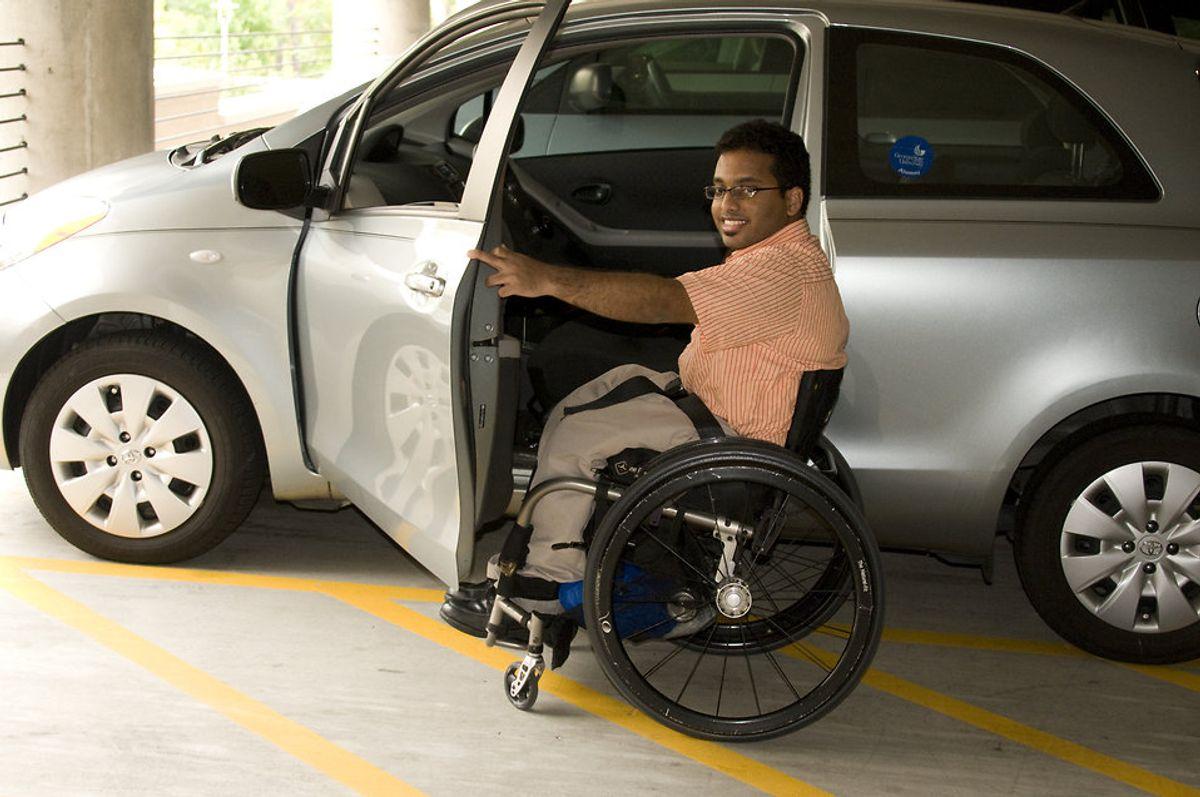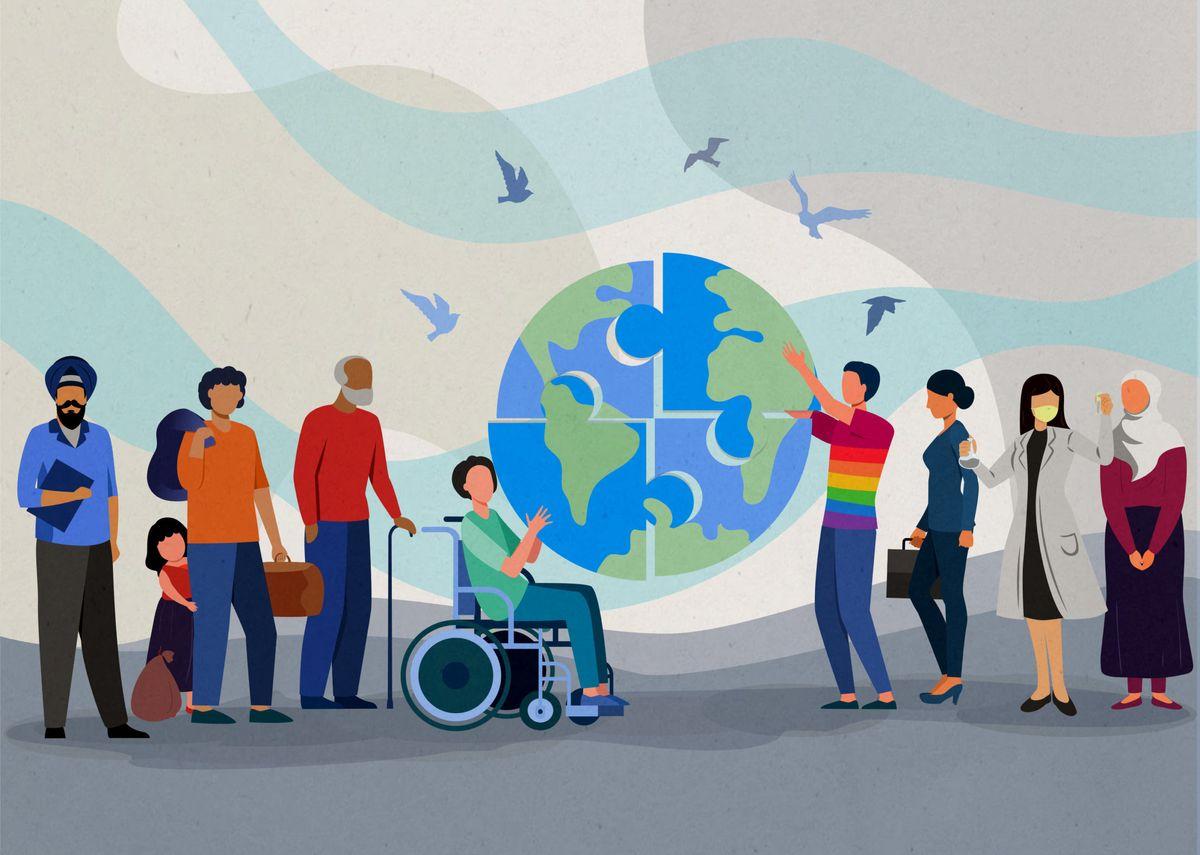In a world where inclusivity is increasingly recognized as a cornerstone of successful events, designing for disability inclusion is not just a moral imperative but also a strategic advantage. This guide aims to provide event planners and content creators with actionable insights and strategies to ensure their events are accessible and welcoming to all, irrespective of physical or cognitive abilities. Drawing from industry leaders like Google and informed by the latest trends and best practices in accessibility, this guide is your comprehensive resource for creating events that truly celebrate diversity and inclusivity.
Key Takeaways
- Inclusive design is essential for creating events that are accessible to individuals with disabilities, aligning with the growing emphasis on diversity, equity, and inclusion (DEI) in the workplace.
- Technology plays a pivotal role in enhancing participation, with innovative solutions that can help bridge gaps for those with visual, auditory, or other impairments.
- Continuous monitoring and evaluation of inclusion efforts are crucial for ensuring that events evolve to meet the diverse needs of all participants, leading to more engaging and successful experiences.
Understanding and Implementing Inclusive Design

The Fundamentals of Accessibility in Event Planning
When planning an event, it's crucial to integrate accessibility from the outset. This proactive approach not only streamlines the process but also avoids the need for costly modifications later on. Here's a quick checklist to ensure you're on the right track:
- Review your venue for physical accessibility barriers.
- Ensure digital content complies with WCAG standards.
- Provide materials in multiple formats (e.g., Braille, large print).
- Arrange for sign language interpreters or captioning services.
Remember, accessibility is not an afterthought; it's a key aspect of inclusive event design that enhances the experience for all attendees.
Participation in accessibility events and continuous practice are essential for honing your skills. Stay informed about the latest trends and technologies that can facilitate a more inclusive environment. By doing so, you contribute to a culture of inclusivity, where every participant feels valued and supported.
Leveraging Technology for Enhanced Participation
In the digital age, technology is a powerful ally in making events accessible to everyone. Assistive technology can transform the experience for participants with disabilities, ensuring they can engage fully in all aspects of the event. From real-time captioning services to sign language interpretation apps, the options are vast and can be tailored to meet diverse needs.
Consider the following points when integrating technology for inclusion:
- Keep your technology updated to support the latest web browsers and assistive tools.
- Ensure your website and event platforms offer responsive design, adapting seamlessly to various devices and screen sizes.
- Regularly test, monitor, and scan your accessibility features to maintain an inclusive environment.
By prioritizing these aspects, you can create a space where all attendees, regardless of their abilities, feel valued and included.
Remember to practice and refine your approach. Participate in accessibility events and engage with online communities to stay informed about the latest trends and innovations in inclusive design.
Case Study: Google's Approach to Inclusive Events
After exploring Google's approach to inclusive events, it's clear that their commitment to accessibility is not just a response to societal pressure but a core part of their mission to make information universally accessible. Google's 'Inclusive Event Design Guide' is a testament to their dedication, providing a blueprint for others in the industry to follow.
Your event can be a beacon of inclusivity with the right strategies in place.
Here are six ways to amplify inclusion and accessibility, inspired by Google's initiatives:
- Prioritize understanding user needs to tailor your event's accessibility.
- Invest in technology that enhances participation for all attendees.
- Implement continuous feedback mechanisms to improve inclusivity.
- Educate your team on the importance of DEI programs.
- Monitor workforce participation rates for people with disabilities.
- Mainstream remote work options to accommodate diverse needs.
While the tech industry, including giants like Google, faces challenges in maintaining DEI programs, the strides made in recent years should not be overlooked. The increased participation of people with disabilities in the workforce is a positive indicator of the progress being made.
Practical Strategies for Disability Inclusion

Creating Accessible Content: A Step-by-Step Guide
When you begin to design your event's digital content, start with accessibility in mind. This proactive approach not only ensures inclusivity but also streamlines the process, preventing the need for later adjustments that can be both time-consuming and costly.
By incorporating accessibility from the start, you're not just creating content; you're building an inclusive experience for all participants.
Follow this simple checklist to ensure your content meets the needs of all users:
- Familiarize yourself with the Web Content Accessibility Guidelines (WCAG).
- Use the WCAG checklist to guide your design and content creation.
- Regularly test your website with accessibility tools to identify and fix issues.
- Invest in training or courses on accessible design to enhance your skills.
Remember, embracing the WCAG guidelines with a solid checklist is your path to a more inclusive and creative event design.
Inclusive Communication: Beyond the Visual and Auditory
When planning events, it's crucial to remember that disability inclusion goes beyond just the visual and auditory aspects. Inclusive communication encompasses a range of strategies to ensure that everyone, regardless of their abilities, can engage fully. For instance, providing transcripts for audio content and descriptive text for visual media allows those with hearing or visual impairments to access the information.
To build an accessible and empathetic world, we must consider all facets of disability inclusion, from perceivability to operability.
Here are some practical ways to enhance communication inclusivity:
- Use clear and simple language to convey messages.
- Offer materials in multiple formats, such as Braille, large print, and digital text.
- Ensure that live events have sign language interpreters and real-time captioning.
By implementing these measures, you contribute to a society that promotes diversity and inclusion, making your events welcoming to all attendees.
Monitoring and Evaluating Inclusion Efforts
To ensure your event remains a beacon of disability inclusion, it's crucial to monitor and evaluate your efforts continuously. Start by establishing clear metrics that align with your inclusion goals. These could range from the number of accessible facilities to participant feedback on inclusivity.
- Review participant feedback to gauge the effectiveness of your accessibility measures.
- Analyze attendance data to identify trends and areas for improvement.
- Conduct post-event surveys focused on inclusivity aspects.
Remember, the goal is to create a loop of feedback and improvement that elevates the event experience for everyone.
By regularly assessing these metrics, you can pinpoint successes and areas needing enhancement. This ongoing process not only refines your event's accessibility but also demonstrates a commitment to inclusive practices that can inspire others in the industry.
Conclusion
In conclusion, designing events with disability-inclusive content is not just a matter of compliance or social responsibility; it is a commitment to universal accessibility that benefits everyone. As we've seen, organizations like Google are leading the way with comprehensive guides that help us understand the diverse needs of all users. The rise in remote work and DEI initiatives has spotlighted the importance of inclusion, and with the workforce participation of people with disabilities at an all-time high, it's clear that inclusive design is both a moral imperative and a business necessity. By embracing the principles of accessibility from the outset, we can create events that are welcoming, engaging, and accessible to all, ensuring that no one is left behind in our increasingly digital world.
Frequently Asked Questions
What are the key principles of accessibility in event planning?
The key principles of accessibility in event planning include ensuring physical access to venues, providing materials in various formats for different abilities, utilizing assistive technologies, offering sign language interpretation and captioning, and training staff in disability awareness and assistance.
How can technology enhance participation for people with disabilities at events?
Technology can enhance participation by offering real-time captioning, sign language interpretation through video relay, accessible online platforms for remote participation, assistive listening devices, and mobile apps that navigate event layouts or provide information in accessible formats.
What can we learn from Google's approach to inclusive events?
Google's approach to inclusive events emphasizes understanding diverse user needs, integrating accessibility into the event design process, and making information universally accessible. This proactive stance on inclusion serves as a model for creating events that welcome all participants.
